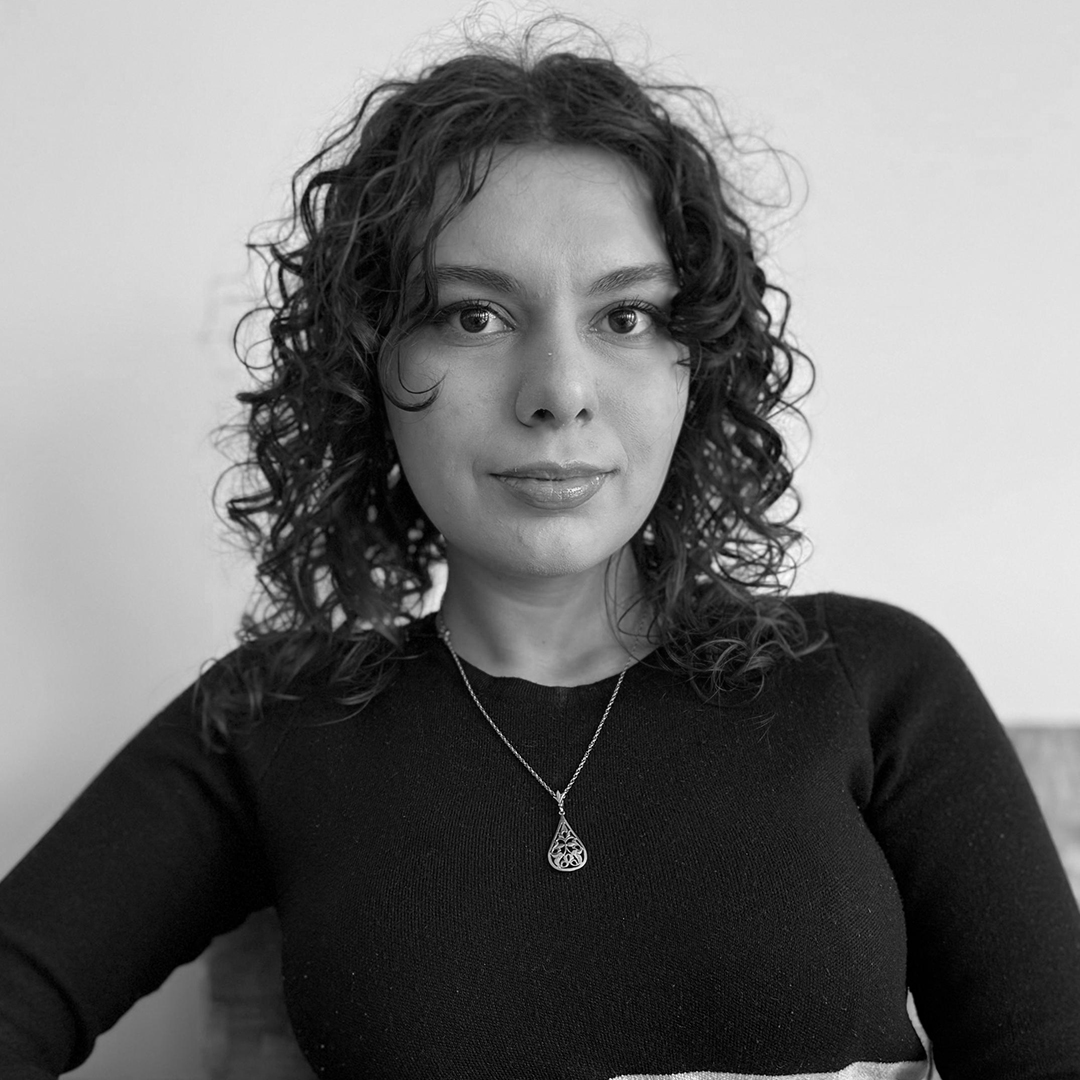
Arzu Jabrayilova
Liberum Vinculum (Free bonds), 2025
Paper, black ink, gold leaf
50 x 70 cm
Philosophical thinking in this work revolves around the themes of inner freedom and the transcendental search for meaning, where each image is filled with ancient symbols and references to the world’s cultural heritage. The painting delves into the depths of the human soul by establishing a dialogue between mythology, theology, and artistic traditions.
The bird depicted in Budakt, with its posture, evokes the image of the “thinking traveler” often seen in Romantic painting. Yet, its gaze is fixed on the unknown, as if peering beyond the limits of the visible world. This motif resonates with the myth of Prometheus, whose vision was metaphorically portrayed as suffering transformed into a quest for knowledge and freedom, even as he was chained to a mountain. In this context, the bird symbolizes the soul, caught between heaven and earth, striving to comprehend the universe, yet constrained by the limitations of physical existence.
The twisted tree branches are a reference to the Tree of Life in Sumerian and Norse mythology, where each branch represents destinies intertwined in an inescapable knot. At the same time, these branches recall the images of hell from Dante’s Divine Comedy, where the branches of sinners reflect their spiritual struggles and misdeeds. The tree’s leaves symbolize the cycle of life. Among them, the gold leaves stand out as a nod to ancient traditions, where gold was seen as the embodiment of the divine. These golden leaves echo the laurel wreath of Apollo, patron of the arts, underscoring that creative freedom is the highest form of inner freedom.
The flower, still in bud, contrasts with the gold accents through its modest appearance. It resembles a flora that has sprung from the blood of Adonis and turned into an anemone —symbolizing both the fleeting nature of life and its inherent beauty. This flower illustrates that true freedom demands sacrifice and inner transformation.
Inspired by the spirit of medieval engravings and Renaissance iconography, this work visually and conceptually bridges the past and present, the external and internal worlds. Here, the bird, tree, leaves, and flower emerge as the protagonists of an ancient myth, and each viewer is invited to complete this myth through their own reflections on freedom, dreams, and eternity.
